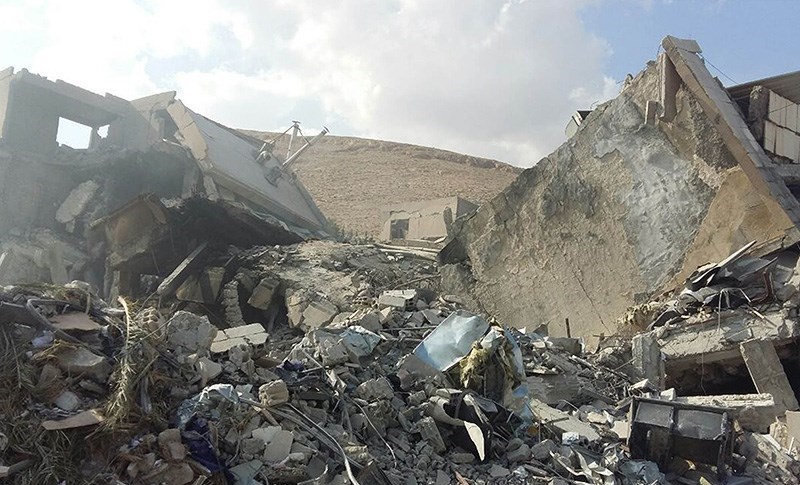SYRIA (Washington Insider Magazine) – The killing of the Islamic State’s commander in a strike by US special forces on his Syrian stronghold was a severe hit to the resurgent terrorist organization, but experts say his successor is already on the way.
While the identity of Abu Ibrahim al-Hashimi al-Qurayshi’s successor has yet to be revealed, they believe he will be yet another Iraqi trained in both Islamic fanaticism and violence.
President Joe Biden indicated that the top job at ISIS fell vacant after a nocturnal attack on al-Qurayshi’s redoubt, in which the trapped leader, rather than being taken prisoner, detonated a suicide device that killed him and several people, including children.
Al-Qurayshi’s final act, according to Biden, was “a desperate act of cowardice.”
When US forces tracked down al-Qurayshi’s predecessor, Abu Bakr al-Baghdadi, he also triggered a suicide attack, killing himself and 3 of his kids in 2019.
In 2018, a year before al-Baghdadi was slain, former President Donald Trump claimed victory over ISIS.
Despite Trump’s boasting, experts say ISIS has resurrected under al-Qurayshi’s authority. While al-Baghdadi was the world’s most wanted terrorist for a while, al-Qurayshi had a violent history.
As a result, the assassination of al-Qurayshi might be viewed as a big triumph for the administration of Vice President Joe Biden, according to experts.
Al-Qurayshi is from a region of Iraq wherein native Turkmen, not Arabs, are the majority.
“The Turkmen were among the most vicious Sunni fanatics,” Jeffrey claimed.
Before joining Al Qaeda in Iraq, an Islamic rebel group that later became ISIS, Al-Qurayshi enlisted in the Iraqi Forces and learned Sharia law at the University of Mosul, according to NBC NEWS.
While imprisoned at Camp Bucca, where hundreds of other Sunni militants, Shiite extremists, and Al Qaeda in Iraq members were held, al-Qurayshi met al-Baghdadi.
According to sources, al-Qurayshi flipped and handed over the identities of 88 other radical islamists to US interrogators while he was there.
“That was done in consultation with al-Baghdadi,” Jeffrey explained. “Those names were most likely Al Qaeda in Iraq members they didn’t trust and wanted to get rid of.”


























